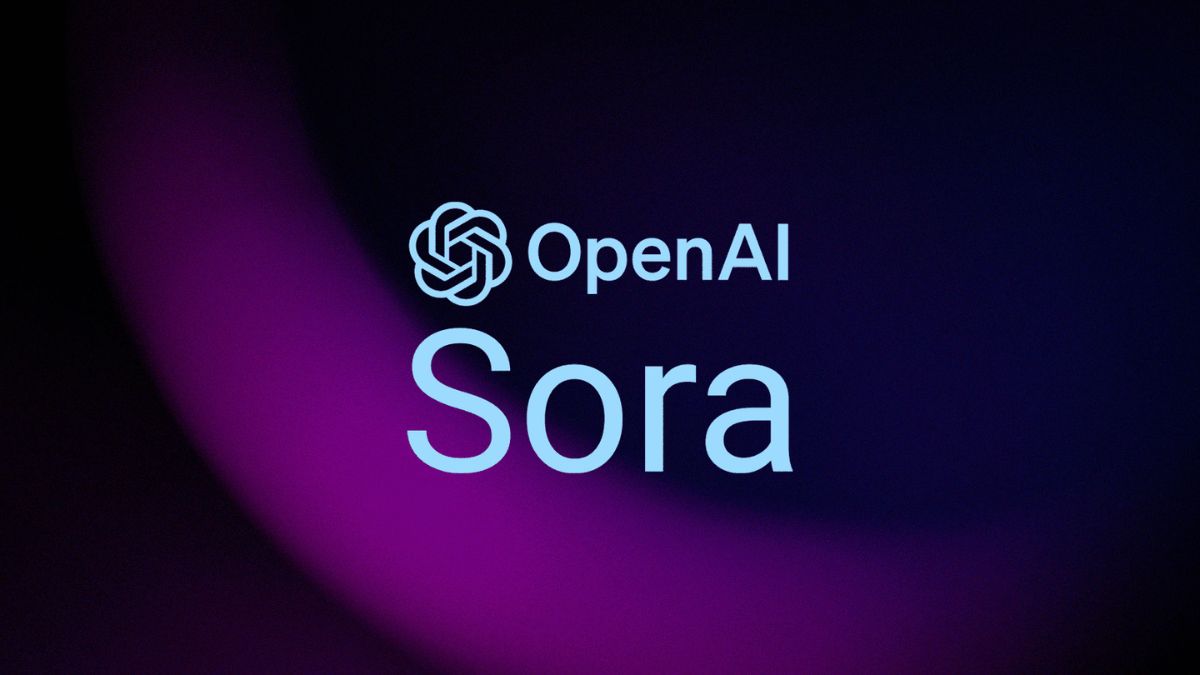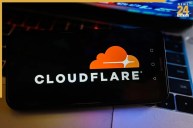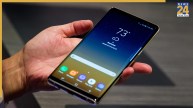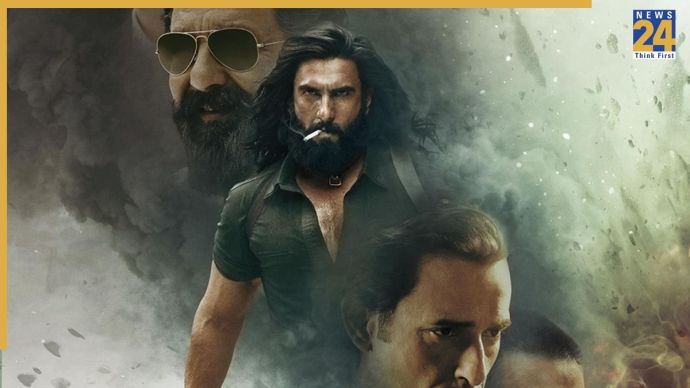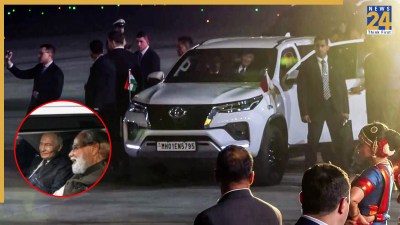OpenAI finally launched Sora, its artificial intelligence (AI) video generation model, on Monday. In February, the company previewed Sora to select individuals. However, it released a different variant of the model dubbed Sora Turbo. This can generate videos in 1080p resolution, which can be as long as 20 seconds. The AI model has been deployed on a standalone platform, which is currently available as a website. Furthermore, Sora is currently only available to paid subscribers of ChatGPT with specified rate limits.
OpenAI’s Sora AI Video Generation Model
The company announced the launch of the state-of-the-art video generator Sora in a blog post. OpenAI’s latest AI model Sora is capable of churning out motion pictures with just a text prompt. Sora was first unveiled earlier this year, and the model has been repeatedly delayed. The company had stated that the reason behind the delay was strengthening the safety and privacy parameters of the model. However, Sora was released after a delay of 9 months.
Sora: Availability
Sora AI is currently available for ChatGPT Plus and Pro subscribers only. Additionally, Individuals without subscriptions cannot create a new account on the website currently. Meanwhile, Plus users are also limited to 50 videos at 480p resolution or fewer videos at 720p every month.
ChatGPT Pro monthly subscription, introduced recently at $200 (Rs. 16,970), will let users generate videos with “10x more usage, higher resolutions, and longer durations.
Capabilities
Sora AI can currently generate videos in widescreen, vertical, and square aspect ratios. Users can also upload their videos and images to extend, remix, and blend the content into generated videos. The AI model also allows generation of videos from scratch using text prompts. Additionally, a storyboard interface lets users set particular inputs for each frame.
Coming to technicalities, OpenAI explained that Sora is a diffusion model. This is where the AI has the foresight of many frames at a time to keep the content consistent over the 20-second period. The AI model uses a transformer architecture and takes recaptioning technique from DALL-E 3.
Privacy And Safety
OpenAI specifically mentioned the details of the model data. Additionally, the company claimed that it sourced a wide range of data from the public domain, via its data partnerships, and data from people working with the model. The public data was said to be collected from machine learning datasets and web crawls.
The company also partnered with Shutterstock Pond5 and commissioned datasets to generate proprietary data for the AI model. Finally, data for Sora was also collected from AI trainers, red teamers, and employees.
According to OpenAI, to minimise the risks associated with a realistic AI video generation model. The Company says it’s adding both visible watermarks and metadata as per the standards set by the Coalition for Content Provenance and Authenticity (C2PA). The company also claimed that it has added protections in the model for media uploads that include people.

